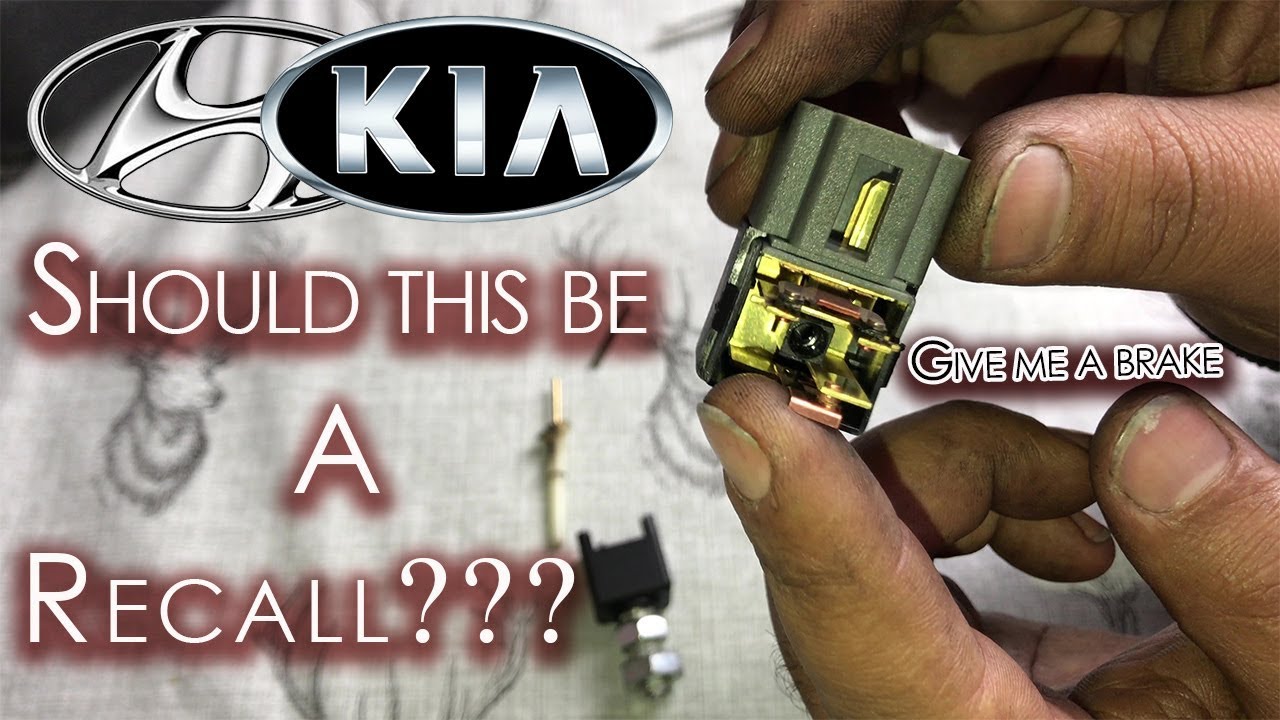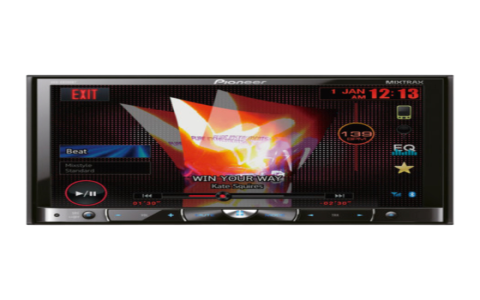Encountering the C1513 error can disrupt operations. This guide provides a systematic approach to diagnose and resolve the issue efficiently.
Understand C1513 Error Meaning
The C1513 code typically indicates a problem within a feedback control loop, such as discrepancies between a commanded position/speed and actual sensor readings. Causes often include sensor faults, wiring damage, controller module issues, or calibration drift.
Essential Preparation
- Safety First: Power down and lock out the equipment following approved safety procedures.
- Required Tools: Multimeter, appropriate wrenches/screwdrivers, technical manuals (schematics), possible oscilloscope.
- Documentation: Record all observed symptoms, previous maintenance, and the exact circumstances triggering the error.
Step-by-Step Troubleshooting
- Reset & Basic Check: Clear the error code from the controller's memory (if safe to do so per manual). Power cycle the entire system. Observe if the error reappears immediately or only under specific conditions.
- Inspect Wiring & Connections:
- Thoroughly examine wiring harnesses connected to the suspected sensor(s) and controller module for pinches, abrasions, cuts, or burns.
- Check terminal blocks, plugs, and sockets. Ensure all connections are secure, clean, and free from corrosion. Re-seat connectors firmly.
- Sensor Verification:
- Identify the sensor(s) associated with the control loop (e.g., position encoder, resolver, speed sensor, pressure transducer - consult schematics).
- Measure sensor output signals according to the manual using a multimeter or scope. Compare readings against expected values at rest and during controlled movement (if safely possible). Look for erratic signals, noise, or open/short circuits.
- Check sensor power supply voltage.
- Mechanical Inspection:
- Verify the sensor is physically mounted securely and correctly aligned.
- Check the target (e.g., encoder wheel, magnet) for damage, proper gap, and secure attachment.
- Manually move the mechanism (if possible) feeling for binding, excessive backlash, or mechanical obstruction.
- Controller/Drive Diagnostic:
- Access controller diagnostics. Review live data parameters related to the commanded value and sensor feedback value. Look for significant or unusual deviations.
- Check for other relevant diagnostic codes indicating power supply issues, communication faults, or overloads.
- Inspect controller/drive status LEDs.
- Calibration Check: Refer to the manual. Verify if the sensor or control loop requires calibration/referencing (e.g., homing procedure). Perform calibration if specified and if hardware checks pass.
Targeted Solutions (Based on Findings)
- Damaged Wiring/Bad Connection: Repair or replace damaged wires/harnesses. Clean contacts. Replace faulty connectors.
- Failed Sensor: Replace the faulty sensor with an exact match type. Follow calibration/referencing procedures strictly after replacement.
- Loose/Broken Sensor Mounting or Target: Securely re-mount the sensor. Replace damaged targets or mounts. Ensure correct air gap.
- Mechanical Binding/Obstruction: Identify and clear the obstruction. Repair or replace damaged bearings, couplings, slides, or other mechanical components causing drag.
- Internal Controller/Drive Fault: If diagnostics strongly indicate controller/drive failure, replace the module according to manufacturer guidelines.
- Calibration Lost/Required: Perform the manufacturer's specified calibration or referencing routine.
Preventative Measures
- Adhere to the recommended preventive maintenance schedule, including sensor checks and connection cleaning.
- Keep wiring securely bundled away from moving parts and heat sources.
- Protect sensors from excessive shock, vibration, moisture, and contamination.
- Document all servicing and calibration dates.
Always consult the specific equipment service manual for detailed procedures, safety precautions, and error code definitions relevant to your machine.


